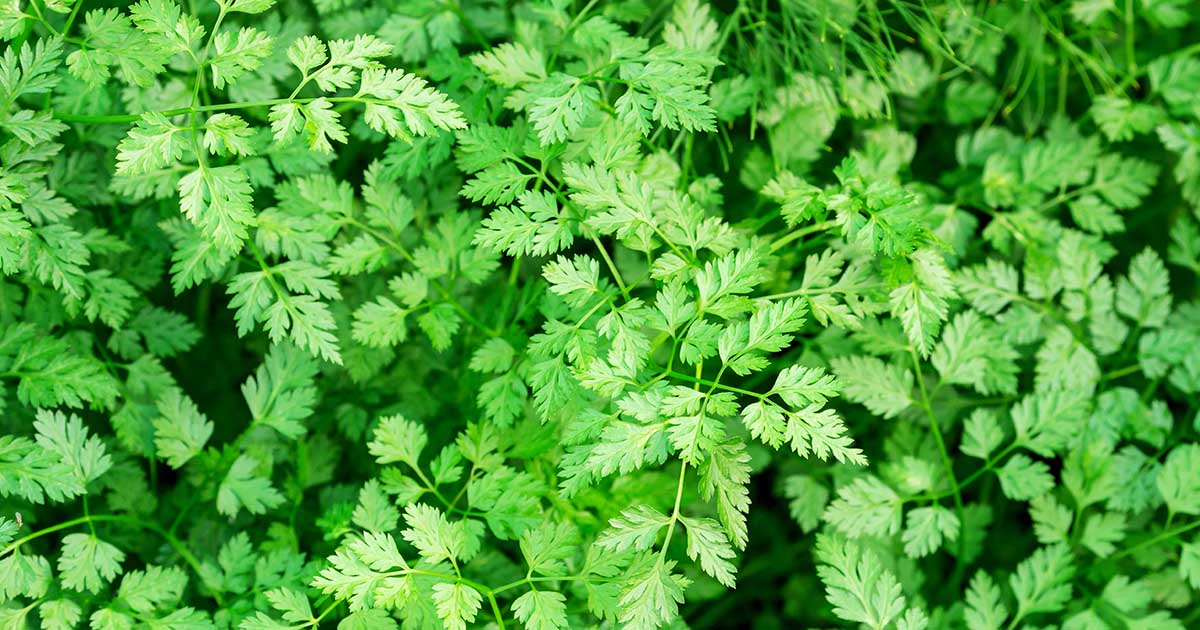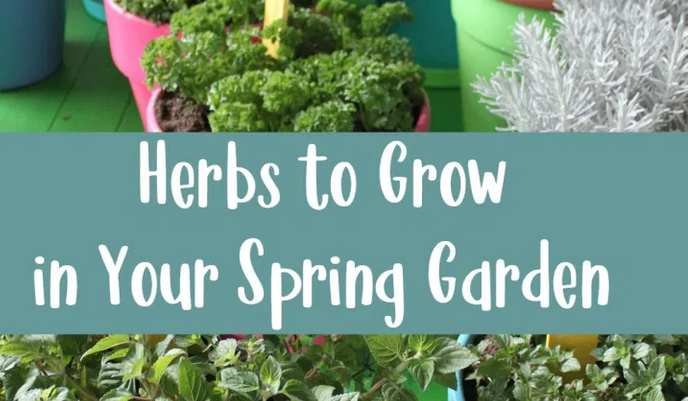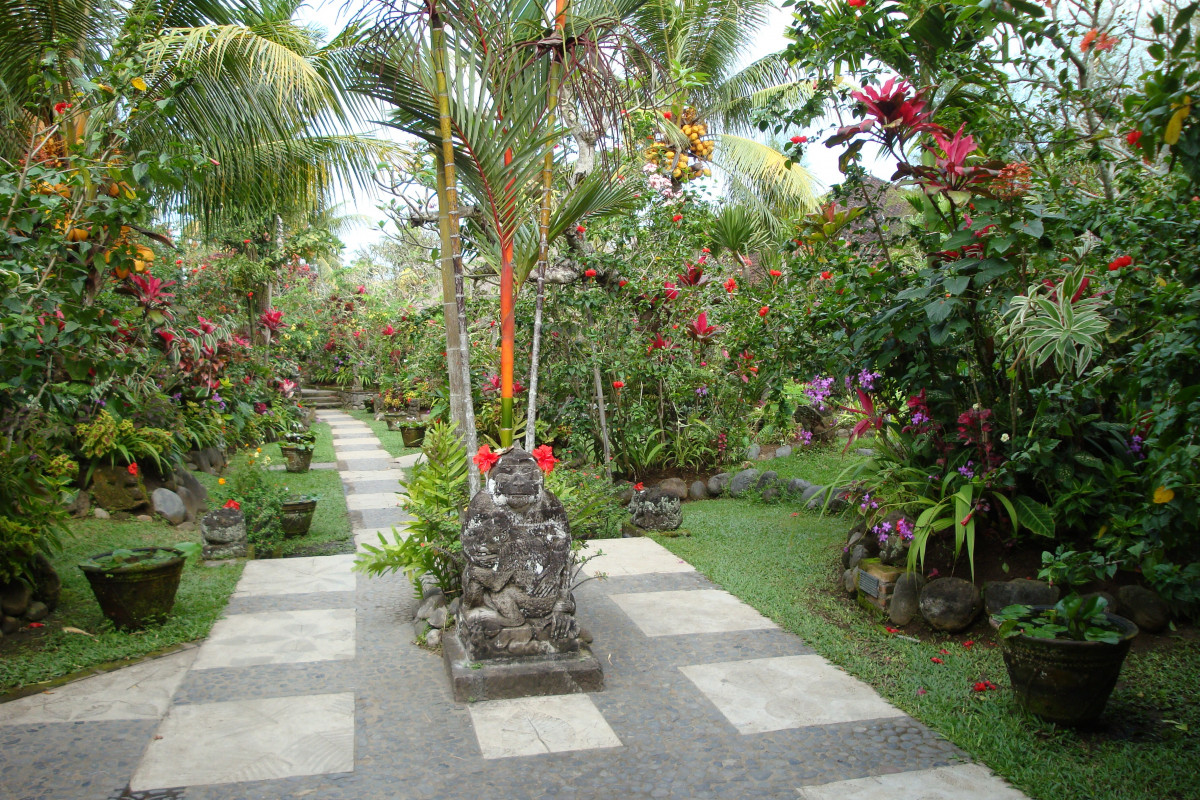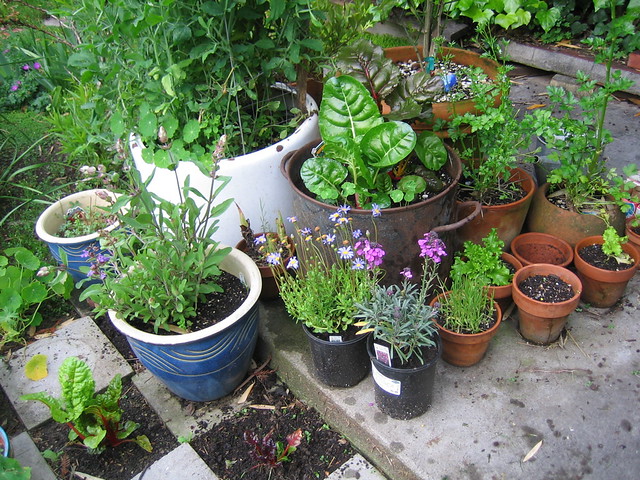With the summer season approaching, we are all almost done with garden planning and planting most of the time. But if you are late, there is still a chance for you to make up your mind and start gardening. Perhaps it is time to discuss the most appropriate types of vegetables grown in the spring. In this article, the focus is instead on spring herbs. We hope to help you learn which are the most sought after herb varieties this April!
Flat-leafed or curly parsley. You can buy parsley seedlings in almost any local market and plant them 7-10 days before the last spring frost. They need extra space to grow healthy, so make sure the seedlings or seeds are at least 8 inches apart when you plant this herb. Parsley grows well in both partial shade and full sun, so it is relatively low maintenance.
Cilantro. This herb has distinctive emerald-green leaves that are widely used in the coke industry. They taste like a mixture of citrus, sage, and parsley. Coriander is the name of the seed, which is also widely used as a spice. You can plant this herb 10 to 15 days before the last spring frost and repeat the process in late summer, as it prefers full sun and likes a mild climate.
Chervil. You don’t have to be a garden specialist to plant this herb. It looks a lot like parsley and also has almost the same taste. The big difference is that you can detect delicate overtones of anise when you taste it in your dish. The seedlings need a lot of space, so plant them no less than 15 to 15 inches apart. Plant the seeds a month before the last spring frost, and you’re definitely on the safe side with garden maintenance of this herb. You might also consider re-seeding it during the last days of summer, when there is a lot of partial shade in your garden, especially during the afternoon hours.

Basil. You can plant the seeds directly outside or start them indoors in pots facing a south-facing window. This herb needs a lot of light and heat, which is why it may not grow well outside if the climate is not mild. Once you grow it and have a chance to use it in your dishes, you will discover that the flavor is worth the time you have invested in caring for your basil pot or garden.
Oregano. Of course, you already know a lot about this herb, so we don’t need to say much. The important thing is that if you’re growing it outside, you’ll have to start with just cutting off a top. You can also grow it in a pot, but in that case, you will need to do it in a room with lots of light and heat.
Dill. This is another prevalent herb that you can grow in almost all weather conditions in the spring. It is best to leave seedlings at least 5-15 inches apart when you first sow them because they can overgrow. Full sun is very conducive to healthy growth, and it is a perfect addition to your homemade dishes.

If you want to spice up your dishes, cheeses, fish, meat, or vegetable meals, don’t hesitate to grow your own little organic herb garden! Nothing beats homegrown food, so don’t miss your chance to add these herbs to your spring garden this year! If you have any doubts about your garden’s conditions or the desired plants to grow, you can always contact professional gardeners for tips or even a helping hand. Handy.
I hope you will be happy to gardening that will make your garden a happy one!



